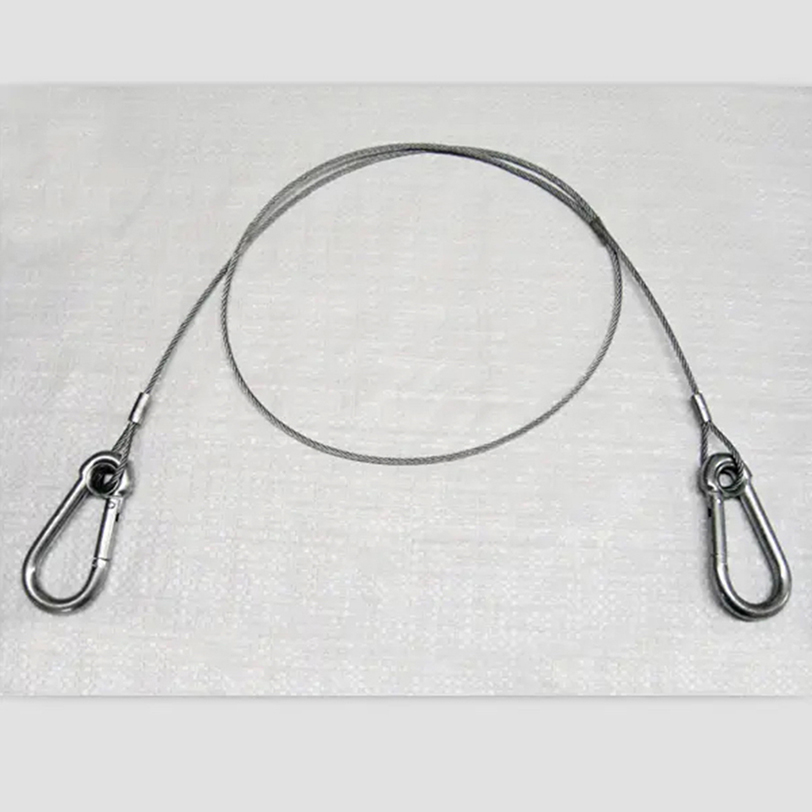Honolulu, United States, January 30: An U.S. Department of Energy official said here on the 30th that the U.S. is actively investing in the development of the next generation of fuel ethanol—the production of cellulosic ethanol from non-edible substances, instead of investing in R&D foods such as corn. The traditional fuel ethanol for crops.
Cellulose ethanol is a new alternative energy source that is obtained by degrading cellulose in plants. The non-edible parts of plants can be used as raw materials for the production of cellulosic ethanol, such as agricultural waste such as straw, industrial waste such as sawdust, and special energy crops such as switchgrass.
The US Department of Energy’s Assistant Secretary for Energy Conservation and Renewable Energy, Kasna, said that the US Department of Energy has decided to invest US$114 million in four years to build four small-scale cellulosic ethanol plants. These plants will use a variety of raw materials, experiment with different conversion technologies, and collect data for future large-scale commercial cellulosic ethanol plants.
Kasna made the above statement when attending the second meeting of major economies on energy security and climate change. He said that this is the additional investment made by the US Department of Energy after it invested $1 billion in the cellulosic ethanol project last year.
Kasna said that the U.S. Department of Energy only now supports the study of the production of cellulosic ethanol from non-edible waste. The funded maize ethanol-related project is limited to studies such as environmental impact, and no longer invests in the development of corn ethanol or other food-produced ethanol. penny.
Traditional fuel ethanol is mainly produced from corn and its energy efficiency has been questioned by some scientists. Some analysts also believe that the production of ethanol from corn causes the automobile industry to compete with the food industry, which is one of the reasons for the rise in food prices.
According to data provided by the US Department of Energy, currently produced corn ethanol produces about 67% more energy than it consumes, and cellulosic ethanol produces 4 to 6 times more energy than it consumes. However, the U.S. Department of Energy also pointed out that the degradation of cellulose is relatively difficult and the relevant technologies are not yet mature.
Other Constructions SS Wire Rope
Wire rope quality judgment:
1. Specific gravity. The diameter of the wire rope is the same, the heavier the specific gravity, the better the quality of the wire rope.
2. Steel wire rope core. The stronger the core of the wire rope, the heavier the specific gravity, the better the support for the outer strand of the wire rope, and the better the quality of the wire rope.
3. Materials. The material is the steel grade and strength. The higher the steel grade, the better the quality of the wire rope with higher strength.
4. After the rope is cut, the slightly loose quality is good, and the quality of the wire rope with a relatively long lay length is better than that with a short lay length.
5. The anti-corrosion ability of 316 Stainless Steel Wire Rope is stronger than that of 306 stainless steel wire rope, and the anti-corrosion ability of 306 is stronger than that of hot-dip galvanized steel wire rope. The quality of hot-dip galvanized steel wire rope is better than that of electro-galvanized steel wire rope; the quality of nylon plastic-Coated Steel Wire Rope is stronger than that of PE plastic-coated steel wire rope.

SS Wire Rope,SS Aircraft Cable,Construction Cable,Stainless Steel Wire Ropes
Jiangsu Hongze Stainless Steel Wire Rope Co., Ltd , https://www.hzrope.com